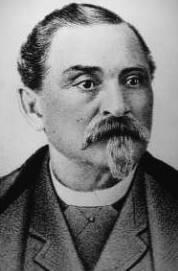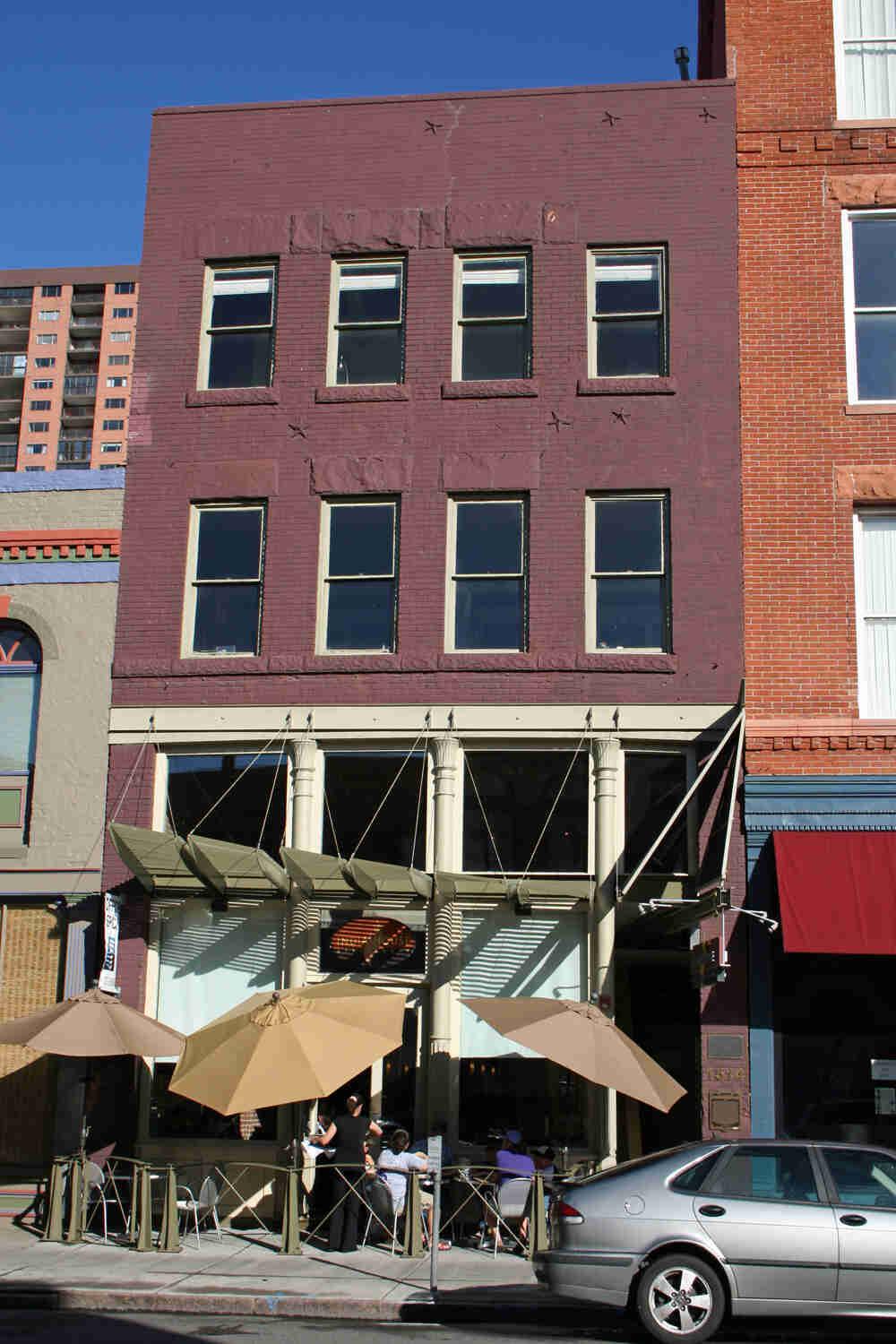Barney Ford's People's Restaurant
Full Article
In 1863 the black pioneer Barney L. Ford built the People’s Restaurant at 1514 Blake Street in Denver. The success of the restaurant helped make Ford into one of the the state’s most influential black business and civic leaders. Although the building has undergone extensive alterations since Ford’s time, it remains significant as the site of one of Denver’s early black businesses.
People’s Restaurant
Originally born into slavery, Ford escaped to Chicago and eventually came to Colorado in 1860 to seek his fortune in the gold rush. After being run off his Breckenridge claim, he returned to Denver. He began to operate a barbershop on Blake Street, which he bought in 1862.
Ford’s barbershop burned in the Great Fire of April 1863, along with most of Denver’s business district. After the fire, he was able to secure a $9,000 loan from banker Luther Kountze to rebuild. He used the money to enlarge his lot on Blake Street and erect a two-story brick building there. The building opened on August 16, 1863, with a barbershop in the basement, the People’s Restaurant on the main floor, and a bar on the second floor. Offering luxuries like fresh oysters, lemons, and Havana cigars, the People’s Restaurant proved immediately successful, allowing Ford to repay the entirety of his loan just three months after opening.
Ford decided to move back to Chicago in 1865, after the Territorial legislature denied blacks the right to vote. He sold his restaurant business to the baker John J. Riethmann for $23,400, leased the building to Riethmann for $250 a month, and bought a house in Chicago. Ford soon returned to Denver, however, and helped push for Colorado statehood with black suffrage.
Today
Although it has been altered substantially in the past 150 years, the People’s Restaurant is one of the few Denver buildings associated with Ford that remains standing today. Originally a two-story brick structure, the building now has a third story (probably added in 1892) and stone lintels above the windows. In 1976 the building was listed on the National Register of Historic Places. In 1983 preservation architect James C. Morgan restored the building’s exterior and renovated its interior. The building was renovated again in 2002.
Today the building is home to a restaurant and offices. The red bricks inside the street-level restaurant are thought to be original. The three columns along the front façade might also be original; they once framed an open portico that has recently been enclosed with large windows.







